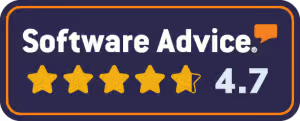There are various Product Types in MediaOS that act as the foundation for your personalized products.
When adding a new product to the system, you will go through a Wizard and answer questions based on how your product is sold, booked and billed.
Here is a list of the different Product Types we offer: #
- Issue – primarily for print magazines and email newsletters with specific release dates
- Issue-Based product types requires you to manually configure your issues or schedule
- Location – if there is a location associated with this product. Generally used for Billboards, this product type allows you to enter a physical address which displays on Google Maps
- Event – This type requires you to enter a one-time date when creating the product. You cannot change the date of this event, nor specify additional dates when you are building the proposal.
- Time – Allows you to either select predefined increments of time (days, weeks, months, years) from a timeline calendar or use a custom schedule method, allowing you to enter a Start Date and End Date
- Time-based product types allow you to set an Inventory that prevents users from double booking
- Digital – This means the Ad Sizes are served up digitally on the web, whether it be impressions on your webpage or delivered using an ad server that hosts and tracks.
- Units – the measurement type you use for your Ad Sizes (most digital Ad Sizes are measured in pixels)
- Delivery Date – This schedule method requires a one-time Delivery Date when building the proposal. This is ideal for CPM based products, since the client has a set number of impressions to be delivered starting on a specific date, but don’t necessarily have a concrete end date. This is the type you’ll use for most of your custom jobs. It’s intended for a single account you’re delivering something to.
- Multiple Ad Sizes – If you have multiple Ad Sizes within the product you are creating, you will need this feature. Or you’ll only have the option to enter multiple Ad Rates for the product.
- Multi-Page Ad Sizes – This is primarily for Issue Based products. This provides a quantity field when building the proposal to manually enter the number of ad pages. Then, the system takes that number entered and multiplies by the selected Ad Rate.
- Quantity – If the product has a quantity (whether it be a number of Impressions, a number of Hours or a number of Copies).
- Quantity Units – if the product type has Quantity, the Quantity Units tells you what kind i.e., Impressions, Hours, Copies
- Billing Type – Most product types have Regular billing type, meaning the line item is billed exactly as indicated on the contract. In contrast, Delivery billing allows an exact number of units to be billed four different ways.







